Blue footed boobies are unique birds that can be easily recognized by their distinctive blue feet. These dazzling blue toes are where blue footed boobies get their name. Marine environments provide the perfect habitat for these seagoing birds. They can be found in tropical and subtropical regions of the west coast of Central America, and northern South America. Read on to learn about the blue footed booby.
Description of the Blue Footed Booby
In addition to their trademark blue feet, these creatures have light colored underbellies, ranging from cream to pure white. They have dark brown wings and a matching dark brown back. Their head and neck are adorned with brown feathers dappled with white streaks. Their beaks, known as bills, are long and pointed.
Interesting Facts About the Blue Footed Booby
Having blue feet is interesting enough, but these birds are chock-full of curious adaptations and interesting behaviors. Learn what makes blue footed boobies so fascinating below.
- So, Why Blue Feet? – Having bright blue feet makes for interesting decoration, and apparently really gets the ladies going! Blue feet are subjected to sexual selection, this means that females prefer to breed with males that have brighter feet. Only the most colorful males pass on their genetics, producing more colorful-toed chicks.
- Core of Color – Surprisingly, blue feet is not just a decorative trait in these birds. The color comes from the carotenoid pigments in the fish that they eat. This is similar to the way flamingos get their bright pink coloration. The blue color is also a good indication of the health of the bird, the brighter the feet the better the immune system.
- Stuffy Nose? – Blue footed boobies have nostrils on their bills that are permanently closed. Instead of breathing through their nostrils, they breathe through the corners of their mouths. This adaptation occurred because these seabirds dive after their food, and closed nostrils provide better protection from breathing seawater.
- The Acorn Doesn’t Fall Far From the Tree – These birds tend to form very large colonies when nesting and breeding. This is because when chicks reach breeding age they return to the same location in which they were hatched. Breeding pairs that rear chicks have found a location with enough food and minimal predators.
Habitat of the Blue Footed Booby
For the most part, the primary habitat of these birds is the open ocean. They are pelagic – marine birds that spend most of their time hunting for fish at sea. They only return to land for the purpose of building nests and reproducing. Their nesting habitat is the rocky coastline, which provides them with more protection from predators.
Distribution of the Blue Footed Booby
These seabirds are found from the Pacific Ocean off the coast of California in the United States, to the coast of Peru in South America. They also nest in the Galapagos Islands and other offshore islands. They are most commonly found from Baja California, to central Peru.
Diet of the Blue Footed Booby
Blue footed boobies prey primarily on small fish that swim in large groups, called schools. Some commonly eaten species include mackerel, sardines, flying fish, anchovies, and squid. They fly above the water and dive into the ocean after their prey. While hunting they can also swim underwater in pursuit of fish.
Diving Adaptations
Plunging into the ocean at speeds up to 60 mph usually doesn’t end well for most animals. Thankfully for these seabirds, they are well equipped for their precarious hunting strategy. Boobies soar at heights up to 330 ft. above the ocean, and when they spot a shoal of fish they will dive below the surface.
During this dive they can swim up to 82 ft. deep while chasing prey. To survive both the impact of hitting the water, and the pressure of diving below the surface, these birds have air sacs in their skulls to cushion and protect them.
Blue Footed Booby and Human Interaction
These birds can be very specialized in their prey selection. This means that when the populations of those prey species decreases the birds struggle to find food. While they can capture other prey species and avoid starvation, they fail to successfully raise chicks. This has happened in the Galapagos populations, as sardine populations have decreased. Because of this, overfishing poses a serious problem to blue footed boobies.
Domestication
There has never been any effort to domesticate blue footed boobies.
Does the Blue Footed Booby Make a Good Pet
No, these birds do not make good pets. In most places it is illegal to own a blue footed booby as a pet. Providing fresh fish can be costly and difficult, and they are extremely messy and smelly birds!
Blue Footed Booby Care
It is quite rare for these birds to be kept in zoos, so we do not know very much about their care. They require a diet of fish and squid, but besides that very little is known about day-to-day care.
Behavior of the Blue Footed Booby
These birds have quite variable behavior. They may hunt alone, in pairs, or even in larger groups. Groups of boobies, called flocks, will cooperate in feeding on prey. The birds will signal to one another when prey is spotted, and they dive into the school of fish in unison. While underwater they will snatch and swallow as many fish as possible.
Reproduction of the Blue Footed Booby
When it’s time to breed, blue footed boobies travel to their breeding grounds on offshore islands. Males will dance and show off their blue feet to attract a mate, and gift her with nesting materials. The female will lay 2 – 3 eggs, which hatch after an incubation period of 41 – 45 days. One or two of the eggs will hatch, and the larger chick will frequently kill the smaller, especially if food is scarce.



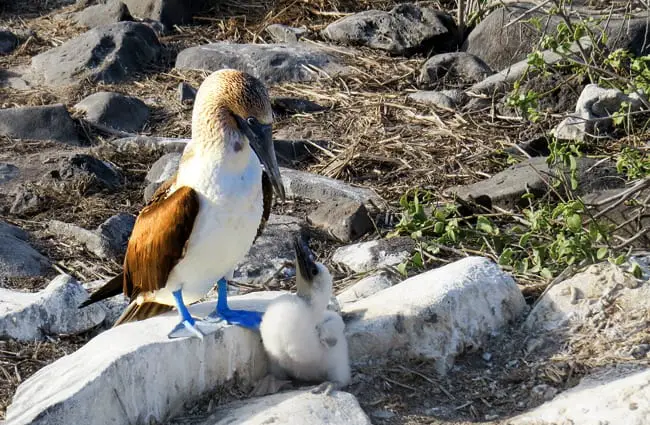

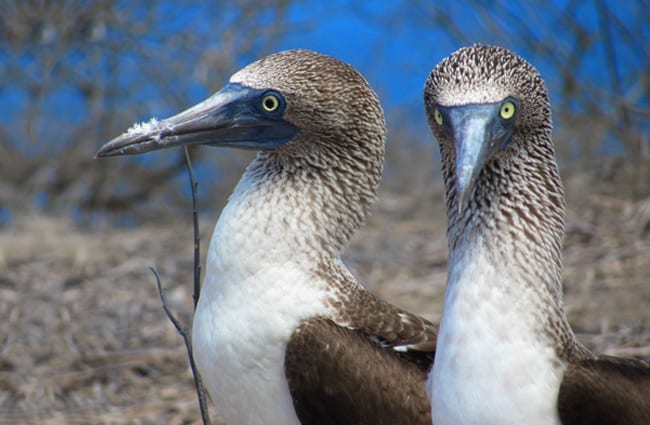
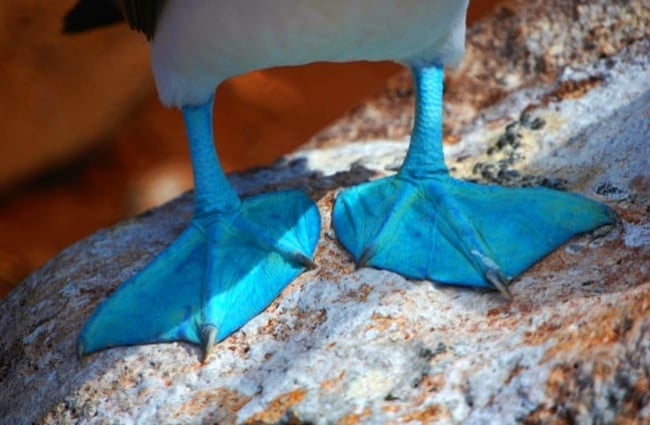
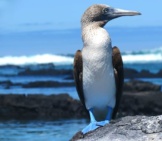
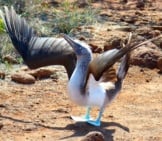
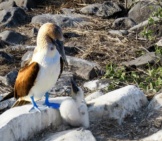
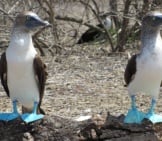
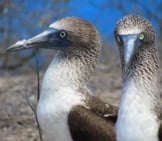
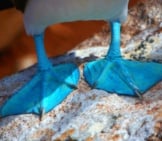
![Red Angus Closeup of a beautiful Red Angus cowPhoto by: U.S. Department of Agriculture [pubic domain]https://creativecommons.org/licenses/by/2.0/](https://animals.net/wp-content/uploads/2020/03/Red-Angus-4-238x178.jpg)


![Red Angus Closeup of a beautiful Red Angus cowPhoto by: U.S. Department of Agriculture [pubic domain]https://creativecommons.org/licenses/by/2.0/](https://animals.net/wp-content/uploads/2020/03/Red-Angus-4-100x75.jpg)

